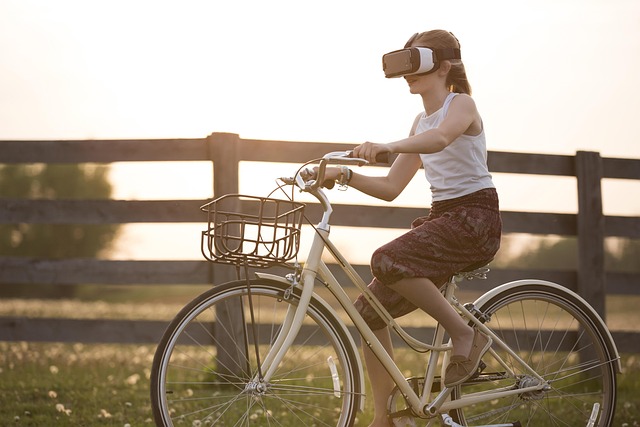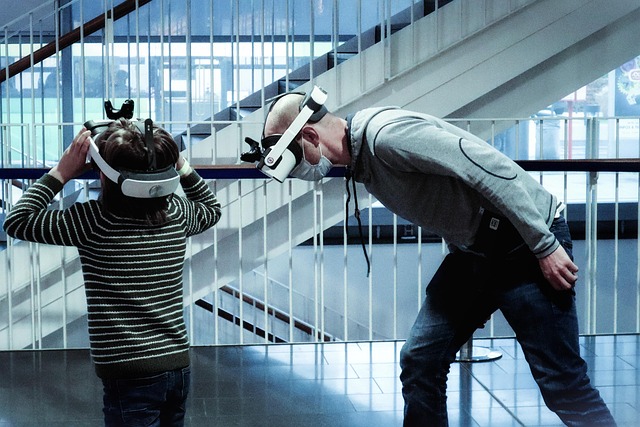The landscape of education is undergoing a profound transformation, driven by the convergence of advanced technologies like Virtual Reality (VR), Augmented Reality (AR), and the Metaverse. This shift introduces a new dimension to virtual education, providing immersive experiences that traditional classrooms often struggle to replicate.
Imagine stepping into a three-dimensional world where you can interact with complex biological systems, walk through historical events, or explore distant planets, all from the comfort of your home. With VR, learners are no longer passive recipients of information; they become active participants in their education. This technology allows students to engage with the material in ways that enhance understanding and retention, making learning not just informative but exhilarating.
On the other hand, AR complements this immersive experience by overlaying digital information onto the real world. With a simple smartphone or AR glasses, learners can point at a textbook and watch historical figures come to life or delve deeper into scientific concepts right in front of their eyes. This blending of digital and physical worlds adds layers of depth to virtual education, sparking curiosity and encouraging exploration.
The Metaverse takes this a step further, envisioning a vast, interconnected space where students from all corners of the globe can come together. Picture classrooms that span multiple virtual environments—one moment you’re in a Renaissance art gallery discussing masterpieces, and in another, you’re in a state-of-the-art laboratory conducting virtual experiments. The Metaverse has the potential to break down geographical barriers, fostering collaboration and interaction among diverse groups of learners.
This evolution is particularly vital in today’s world, where the demand for flexible learning options is greater than ever. Virtual education facilitated through VR, AR, and the Metaverse can cater to different learning styles, ensuring inclusivity for all students. Whether one learns best through visual exploration, hands-on practice, or auditory lessons, these technologies can be tailored to meet individual needs, thus enhancing the overall educational experience.
Moreover, the integration of these technologies within educational frameworks may also lead to a rethinking of assessments and evaluations. Traditional testing methods may be replaced with creative projects and immersive simulations, providing a more comprehensive understanding of a student’s capabilities beyond mere rote memorization.
As we embrace this digital evolution, it is essential to consider the implications for educators. Teachers will need to adapt their methodologies, becoming facilitators in a rich, interactive learning environment rather than mere transmitters of knowledge. Professional development and training will play a crucial role in equipping educators with the skills necessary to harness these technologies effectively.
Ultimately, the future of education lies in its ability to evolve and adapt to the needs of its learners. By embracing the power of VR, AR, and the Metaverse, we unlock new possibilities for virtual education that can cater to an ever-diversifying student body, ensuring that everyone has access to enriching educational experiences. As we navigate this future, it’s crucial to remain open-minded and innovative, positioning ourselves to lead the way in this exciting frontier of learning.




